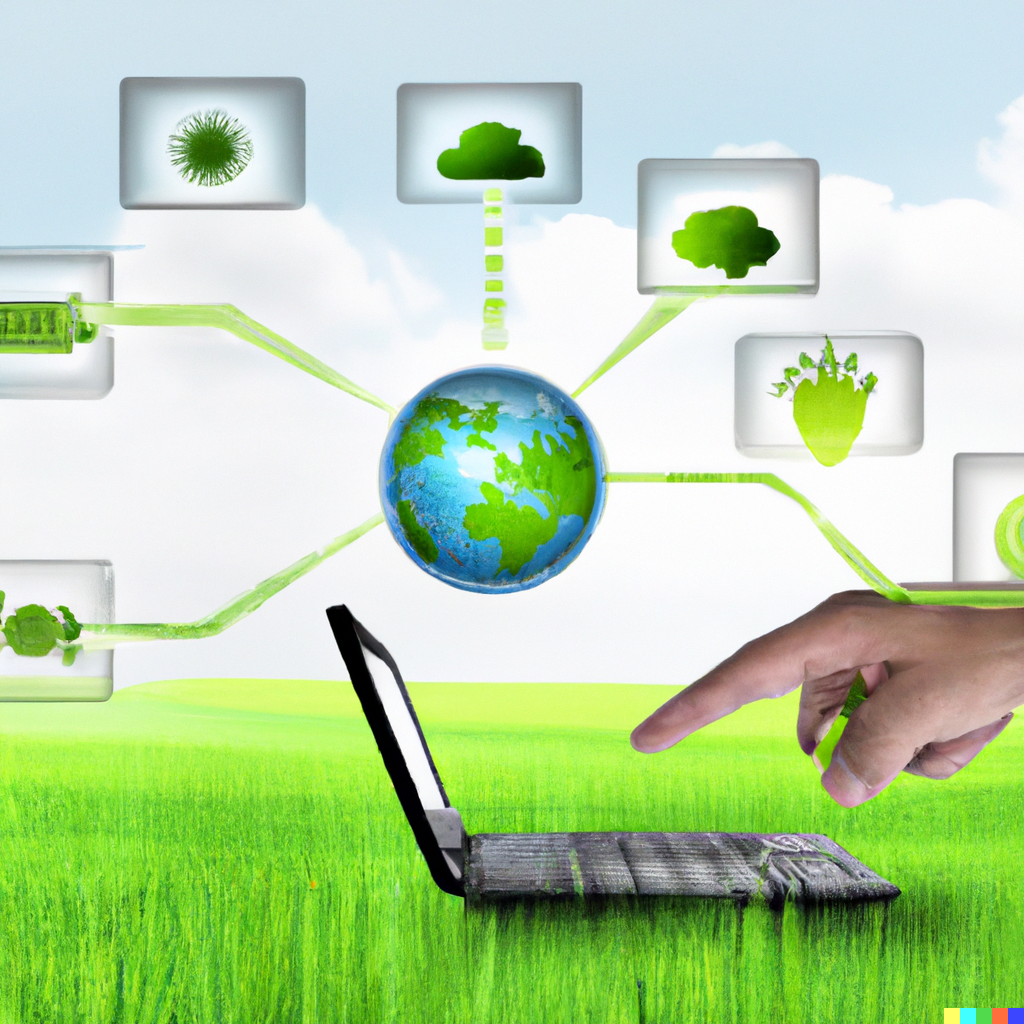Green technology, or GreenTech, encompasses innovations aimed at reducing environmental impact and promoting sustainability. Key areas include renewable energy, energy storage, green building, sustainable transportation, and waste management. These technologies not only mitigate pollution and conserve resources but also offer economic benefits like job creation and cost savings. Despite challenges such as high initial costs and regulatory hurdles, the future of GreenTech is promising, driven by continuous advancements and global commitment to sustainability. This article explores the rise of GreenTech and its pivotal role in shaping a sustainable future.
In recent years, the urgency to address climate change and environmental degradation has led to a surge in interest and investment in green technology, commonly referred to as GreenTech. This umbrella term encompasses a wide range of innovations and practices designed to mitigate the adverse effects of human activity on the environment. From renewable energy solutions to sustainable agriculture practices, GreenTech is reshaping our world for a more sustainable future.
What is Green Technology?
Green technology refers to the development and application of products, equipment, and systems used to conserve the natural environment and resources, which minimize and mitigate the negative impact of human activities. The primary goals of GreenTech are to:
- Reduce Pollution: Developing technologies that reduce air, water, and soil pollution.
- Conserve Natural Resources: Innovations that help in the sustainable use of resources.
- Promote Renewable Energy: Advancing the use of renewable energy sources like solar, wind, and hydropower.
- Enhance Energy Efficiency: Creating products and systems that use less energy to perform the same function.
- Support Sustainable Agriculture: Encouraging farming practices that protect the environment, public health, and animal welfare.
Key Areas of Green Technology
1. Renewable Energy
Renewable energy is the cornerstone of GreenTech. Unlike fossil fuels, renewable energy sources like solar, wind, and hydroelectric power are abundant and have minimal environmental impact.
- Solar Power: Solar technology converts sunlight into electricity using photovoltaic cells. Innovations in this field have led to more efficient and affordable solar panels, making solar energy accessible to a broader audience.
- Wind Power: Wind turbines harness the power of wind to generate electricity. Offshore and onshore wind farms are becoming increasingly common, providing significant contributions to the global energy grid.
- Hydropower: Utilizing the energy of flowing water, hydropower is a well-established renewable energy source that is both reliable and efficient.
2. Energy Storage
One of the biggest challenges with renewable energy is its intermittency. Energy storage solutions, such as advanced batteries, are crucial for storing excess energy generated during peak production times and releasing it when needed.
- Lithium-Ion Batteries: Widely used in electric vehicles and portable electronics, these batteries are becoming more efficient and affordable.
- Flow Batteries: These are ideal for large-scale energy storage due to their ability to store large amounts of energy and their long lifecycle.
3. Green Building
Green building practices aim to reduce the environmental impact of construction and operation of buildings. This involves using sustainable materials, improving energy efficiency, and creating healthier indoor environments.
- LEED Certification: The Leadership in Energy and Environmental Design (LEED) certification is a globally recognized standard for green building. It provides a framework for creating healthy, highly efficient, and cost-saving green buildings.
- Smart Buildings: Integrating IoT (Internet of Things) technology in buildings can optimize energy use, enhance occupant comfort, and reduce operational costs.
4. Sustainable Transportation
Transportation is a significant contributor to greenhouse gas emissions. GreenTech in transportation focuses on reducing the carbon footprint of vehicles and promoting cleaner alternatives.
- Electric Vehicles (EVs): EVs produce zero emissions and are becoming increasingly popular due to advancements in battery technology and expanding charging infrastructure.
- Public Transit Innovations: Electric buses, bike-sharing programs, and efficient public transit systems reduce the reliance on personal vehicles and lower overall emissions.
5. Waste Management
Effective waste management systems are essential for reducing environmental pollution and conserving resources. GreenTech in waste management includes recycling, composting, and waste-to-energy technologies.
- Recycling: Advanced recycling technologies can process a wider range of materials and improve the efficiency of sorting and processing.
- Waste-to-Energy: Converting waste materials into usable forms of energy, such as electricity or heat, reduces landfill use and provides a renewable energy source.
The Economic Impact of Green Technology
Investing in GreenTech is not only beneficial for the environment but also presents significant economic opportunities. The GreenTech sector is a rapidly growing market, providing jobs and fostering innovation.
- Job Creation: The transition to a green economy is creating new job opportunities in renewable energy, energy efficiency, and sustainable practices.
- Cost Savings: Businesses and consumers can save money through energy-efficient technologies and practices. Lower energy bills, reduced waste disposal costs, and potential tax incentives are some of the financial benefits.
- Market Growth: Companies that invest in GreenTech can gain a competitive edge by meeting the increasing demand for sustainable products and services.
Challenges and Future Outlook
Despite the many benefits, there are challenges to the widespread adoption of GreenTech. These include high initial costs, technological barriers, regulatory hurdles, and resistance to change. However, ongoing research, government support, and increased public awareness are driving the momentum toward a greener future.
The future of GreenTech looks promising, with continuous advancements in technology and growing global commitment to sustainability. Innovations such as artificial intelligence (AI) for energy management, next-generation solar panels, and sustainable agriculture practices are just a few examples of what lies ahead.
Conclusion
Green technology is at the forefront of the global effort to create a sustainable future. By harnessing renewable energy, improving energy efficiency, and promoting sustainable practices, GreenTech is transforming the way we live and work. As individuals, businesses, and governments continue to invest in and support these technologies, we move closer to a world where economic growth and environmental stewardship go hand in hand.
